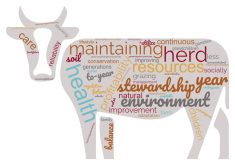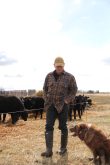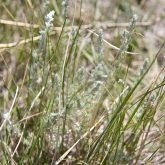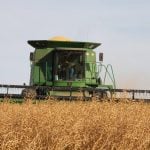In a bid to boost sustainable beef production, the ag lender is presenting payments to its CRSB-certified customers
Cattle producers have a new partner in their sustainability drive. While momentum along the beef value chain has been steadily building since the creation of the Canadian Roundtable for Sustainable Beef (CRSB), a financial institution has now stepped up to encourage participation in the CRSB certification program.
The concept is innovative and simple. Farm Credit Canada (FCC) will provide a payment to customers who are CRSB-certified, through its new Sustainability Incentive Program.
How does it work?
“We wanted to acknowledge producers for getting their CRSB-sustainability certification,” says Curtis Grainger, FCC’s director for lending products and sustainability programs. “First of all, we felt it was important to recognize producers for the good work that’s been done. But the real goal here is to increase certification of FCC customers.”
Read Also
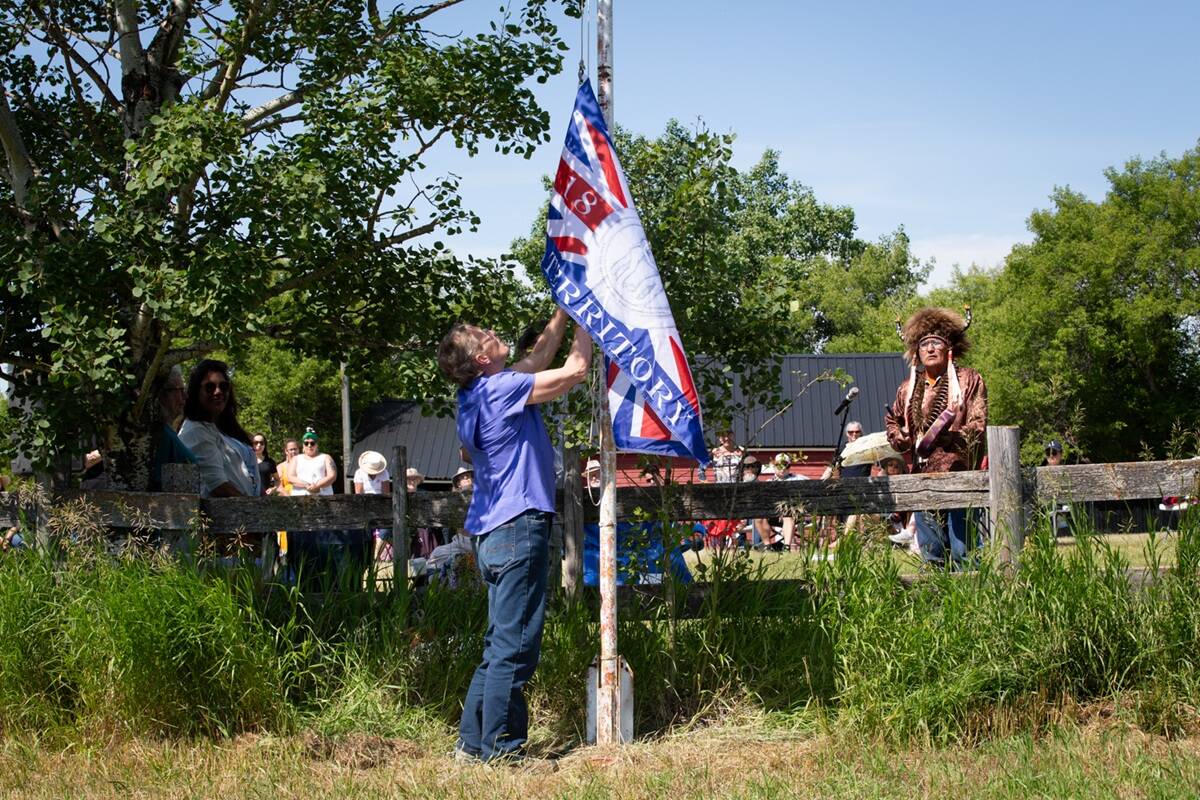
Treaty Land Sharing Network expands reach in Saskatchewan and Alberta
The Treaty Land Sharing Network, which connects land holders with First Nations and Metis people, has expanded since it began in 2018
Spurring action
“It’s a clear message back to producers in terms of ‘here’s that incentive for what you do to get audited’,” says Wasko. “Yes, we hear that demand outweighs the supply (of certified sustainable beef). But in order to get the supply up, the producer has to see that value proposition. Here’s a clear ‘check the box’, quick, connected, incentive program. I sure hope this is the start of more in terms of those quick responses.”
While demand for certified sustainable beef is strong, the industry is working to keep up and is making more CRSB beef available.
“Our last reporting year was 7.4 million pounds, and that was certainly up from the previous year,” says Wasko. “We’re now over 17 million pounds produced since 2018. Each year, from a supply perspective, we see growth. Even on the number of producers being audited through one of the certification bodies, each year we see growth there.”
Producer perspective
The farm has been CRSB-certified for just over a year.
“The whole program — it’s not hard to be in. Being certified is everything most producers are already doing. It’s just a matter of doing a little extra paperwork and having some proper record-keeping,” says Kress.
Any hesitation to getting certified quickly dissolved, as the family found itself already aligned with the requirements and had completed the process even before the FCC incentive was announced. But Kress is enthused about the bonus being offered by his long-time lender.
“It’s hard to ask people to do something if it’s not beneficial to them, so there have to be incentives, there have to be benefits for producers to do it,” adds Kress. “I think it’s a win-win. If you put the shoes on the other feet, as a consumer, that’s what consumers want. They want to know where their beef is coming from, and how it’s handled, and that everything is sustainable, and done in a proper manner. That’s just the way of the future, so why not be a step ahead? I truly believe that in time, everybody’s going to have to go this way. Why not be ahead of the game?”
Participating in the FCC Sustainability Incentive Program was easy, and the payment came quickly.
“It was very simple, very user-friendly,” notes Jamie Kress, who does the bulk of the record-keeping for the farm.
That was a priority for the FCC.
“We know there’s some work involved for producers to get certified through the CRSB, so we wanted to ensure the incentive program part was very simple,” says Grainger. “That’s where the five- to 10-minute application process comes into play. Typically, if everything lines up, we’re able to get the incentive payment out within a month of the application.
“The response in the market has been really great. The people we’re capturing now in the program are the people who were already FCC customers, and who already had their certification. Throughout the year is where the rubber hits the road to see if the incentive payment does in fact incent people to get certified.”
Influencer?
“We do hope that it serves as a bit of a catalyst, both from an industry standpoint and a financial institution standpoint,” says Grainger. “We think incenting producers in this regard makes economic sense for everyone involved. Also, we’re working with the beef industry now, but that’s just one of many industries we’re interested in creating programming for. We are hoping to work with other industry partners because we want to help create incentive programming for other industry-led sustainability initiatives.
“Canadian agriculture and food producers are excellent stewards of the land and livestock. As they continue to pursue best practices for their operations, someone needs to be there to support them from a financial perspective. That’s what FCC is here to do,” adds Grainger.
“As we move forward here with these kinds of incentive programs, I would anticipate and expect more coming that will continue to show there is value for working in this CRSB program,” says Wasko, who points out the hard work’s been done, and other companies could support beef sustainability by coming on board with the structure already in place, instead of starting from scratch to create an environmental investment.
As interest rates rise, getting some cash back for doing things right makes all kinds of sense for Kress Livestock.
“You see daily operation benefits to being certified,” says Darren Kress. “You’re just more efficient. And you’re teaching kids working on the family farm a good path to go down, too.”
More information on the FCC Sustainability Incentive Program is available online, as is more information on the Canadian Roundtable for Sustainable Beef.
Dianne Finstad brings an extensive background in agricultural and rodeo reporting to a variety of communications projects working from her home in Red Deer County, where she can still see both crops and cattle.



